Content strategy can be hard to define, but at the core, it’s about planning, creating, and distributing your content across your business to reach your goals.
There are three important things that must be true of any content strategy. It must be clear, consistent, and compelling.
Let’s talk about each.
CLEAR
The single most important element of any strategy is that it must be clear. You must be able to answer these questions succinctly and plainly:
- What are we doing?
- Why are we doing it?
- Why are we the best to do it?
- How will we transform people along the way?
- So what?
Let’s assume your organization has several successful community-minded ice cream shops. Because who doesn’t love ice cream? But you’re having a hard time getting new customers to a recently opened location in a new market. Often the marketing approach in this case is to run a ton of social media ads, perhaps drop a targeted mailer, maybe do a coupon offer in one of the many community coupon mailers, and have a lot of discount offers flying around the community. Some of those tactics might be right, but unless you’ve taken the steps on the front end to have a content strategy behind it, you won’t maximize your efforts.
Let’s answer our questions.
What are we doing?
We want to bring our flavorful, fun, and friendly ice cream experience to this new community.
Why are we doing it?
We’re trying to grow our business to bring more opportunities for our people while also bringing our ice cream to as many people as we can in a community-focused organization.
Why are we the best to be doing it?
We’ve successfully grown in 10 new markets in the last 3 years and have the processes and people in place to be able to be an asset to any community.
How will we transform people along the way?
We’re helping people in the community connect with one another over a cup or a cone as opposed to a cuppa or a pint. We’re giving people choices and are working to build stronger communities wherever we go while also creating jobs.
So what?
We believe that everything is better with a scoop of ice cream in your bowl and another person by your side. Together, we can build stronger communities and have a bigger impact in the lives of others.
Now that we’ve laid out the basics for what we’re doing, we can be clear in the content we push out because we have clear statements that we can come back to. Those myriad mailers, ads, and additional tactics can all now be centered around our core concept. And because we have clarity around what we’re doing, why we’re doing it, and who we’re doing it for, we can be open to other creative ways to reach our goals. For example, in our ice cream shop example it would seem like a strong approach would be to look for other community-focused organizations to build relationships with to help reach our core audiences faster.
When you are not clear, you are confusing. And when you are confusing you are missing out on customers and clients.
CONSISTENT
Now that we’ve got clear messages and purpose, we must make sure we have consistency both in our message and in our cadence of outreach. It isn’t enough for us to blitz the market with our offering for 3 months and then go dark.
In today’s content-heavy culture, we need to find a sustainable cadence where we can stay in front of our customers and potential customers. That means we need to create a larger editorial content plan to help us determine what we’re going to create, how often we’re going to push it out, and where it’s going to go.
I advise people to build out their calendars by putting the major campaigns that are known for the year into the calendar, but don’t try to build a completely comprehensive calendar for the full year. It would be great to have a full calendar mapped out with what content is going out at any given moment for 365 days. But guess what? It’s going to change. Or at least, it should if you’re doing it right.
If we’re sitting down to plan a calendar for the year, it might look like this to start:
The first 90 days (Q1) should be detailed and dialed in. You’re going to execute this as laid out.
The second 90 days (Q2) should be mostly baked, but with a little room to flex as you learn from the first 90 days.
The third 90 days (Q3) is higher level themes and events. You’ll fill this in toward the end of Q1 as you learn more about what’s working and adapt the tactics.
The fourth 90 days (Q4) is like Q3, high level themes and events. You’ll fill this in toward the end of Q2 as you learn more.
It’s important throughout the process to analyze and evaluate your efforts. That measurement component is crucial to your plan continuing to evolve and be optimized for you and your business.
COMPELLING
The third component that is crucial in content strategy is that your content must be compelling. That’s not to say that you’re setting out to create a full-blown documentary of your business with a Hollywood production team (though sometimes this does make sense).
Compelling means that it’s interesting and valuable to your target audience. Going one level deeper, it’s also presented in a way that puts your target audience at the center of the story and not your business. Remember who your customers are … people. And at the very core of every human being is a desire to be told a great story.
But we’re not living in the land of fiction. Our content can be compelling and valuable AND honest. The content you create, and the stories you tell, can’t be misleading or ingenuine because the entire goal for you here is to create trust. And that trust cannot be built on a spotty foundation.
Let’s go back to our ice cream business. We’re targeting community-minded individuals in this new market. Specifically, we’re wanting to tap into the power of human connection combined with sweet treats. What does compelling content look like in this scenario?
It might be simple customer stories from other markets where our business is already established. Notice the intentional use of the word stories instead of testimonials. A testimonial is nice to have, a story will resonate repeatedly.
Or perhaps we found a great group to partner with as we came to this market and held a community event together. We may want to produce a highlight video where we talk to the people in the community about what it means to come together. And in that process, we also end up with additional customer stories.
The key component here is that no matter the content we create, we aren’t coming right out and saying our ice cream shop makes you happier and a better human. While that might be at the core of what we believe we can do … we must let our customers prove that out for us.
If you have questions or want to learn more about what it takes to create a killer content strategy for your business, I’d love to hear from you.

